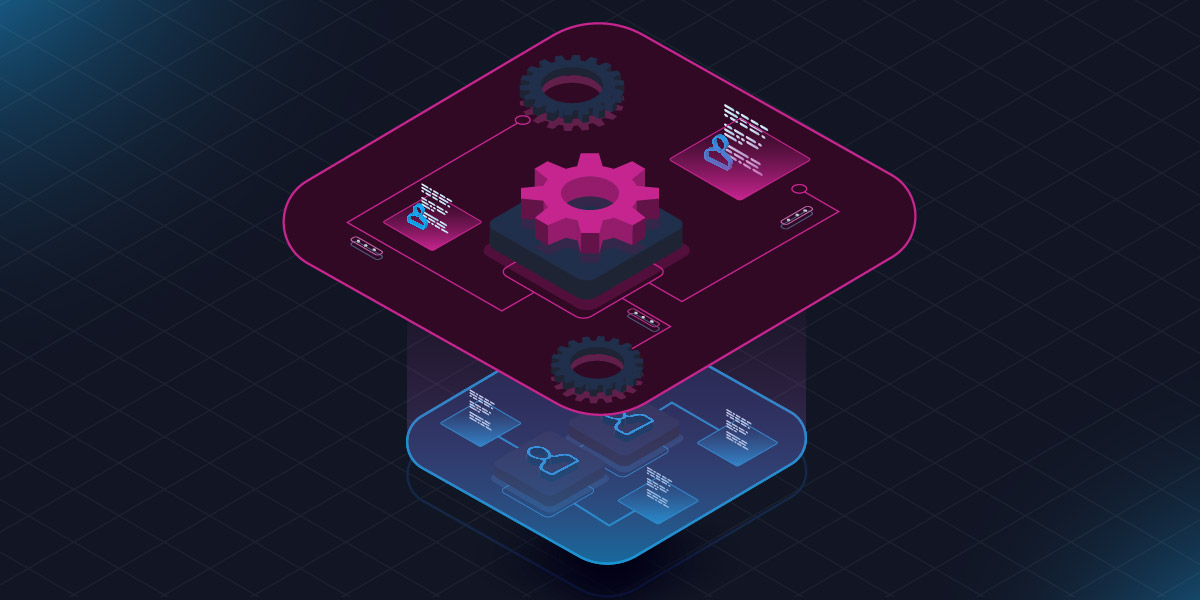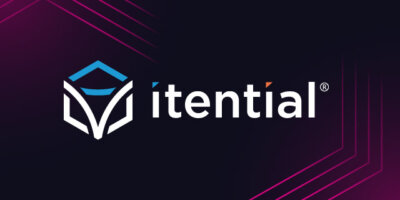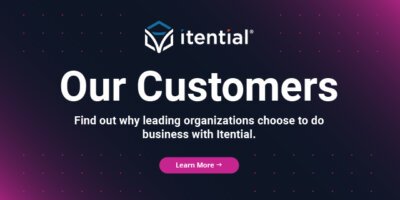To enable self-serve networking, you need to be sure you’re delivering reliable, consistent, error-free services to your internal network consumers. That means automation for every step of the process and comprehensive orchestration that eliminates the possibility of human error and coordinates an entire process end-to-end. Anything less, and you either risk incidents, or you delay service delivery by introducing manual steps.
This is a story that anyone at an organization where the network is crucial to business can take lessons from — whether you’re a CIO or a network engineer. It’s also a story that matches up to one of our recent customers, a large biotechnology and pharmaceuticals multinational that recently adopted Itential to standardize and orchestrate network services in order to maximize uptime and enable self-serve networking. Here’s how their journey went.
Their Goals: Eliminate Errors to Maximize Network Uptime & Enable Self-Serve Networking
Network downtime is costly for any company, but it can produce especially bad consequences in medical industries due to the dynamics of drug development and complex research.
This company identified human error as the cause of a large portion of network incidents — and that’s likely true for your company as well.
So, when leadership landed on the goal of self-serve networking to accelerate the business, the network team knew they’d need a solution that would eliminate human error from their processes. Only then could they reliably deliver self-serve network products with confidence. This meant committing to automation.
Skill vs. Scale: How the Team Evolved
The network engineers at the company were no strangers to automation. They’d been building DIY automation scripts using Python and Ansible for some time, and while the team was relatively small, they were highly skilled and capable of building automations to implement network changes.
However, they had begun to see a set of challenges arise as their efforts continued to scale:
- Automation complexity: Despite having the skills needed, some of the activities the team targeted for automation left them writing large, unwieldy scripts — especially when they tried to orchestrate multiple changes with scripts vs. automating specific, single-domain tasks.
- Manual script management: As the number of automations in their library went up, manual work to maintain them, execute them across different environments, and troubleshoot issues would increase.
- Service delivery time: The total time between service request and service fulfillment was not significantly impacted by early automation efforts due to compliance checks, validation, change management, and other manual activities.
- Low utilization: The team had no easy way to securely expose automations for consumption, so network services were still delivered in the same ticket-driven manner that they had been previously.
With the new goal of delivering self-serve networking in place, the team knew they would need to solve these challenges to go forward with confidence. It wasn’t about replacing their expertise, it was about extending and maximizing it. They had to find a solution that would take the automations they’d built and enable the team to create scalable systems around them.
Itential’s Orchestration Capabilities: The Right Fit
The Itential Automation Platform is a single platform that enables network orchestration, the coordination of multiple automations across different network domains, clouds, and external network and IT systems to produce an end-to-end outcome.
True end-to-end orchestration is what made the difference for this company.
While building and executing automations with Python and Ansible brings significant efficiency gains, it’s still an approach that requires some manual intervention (data gathering, pre-checks and post-checks, change management activities, etc.). That’s where human error can come in — not to mention, if manual activity is required to deliver a service, it can’t be exposed for instant self-serve consumption the way, for example, public cloud services are.
Orchestration means standardization and zero-touch, both of which are key to eliminating errors and maximizing network uptime. By adopting Itential and orchestrating network services end-to-end, the team could deliver network orchestration workflows as self-serve products for developers and other internal consumers to request and receive — complete with enterprise-grade features like SSO integration and RBAC to ensure security.
For this company, Itential was the only solution that could meet all their needs for enabling self-serve networking. Our vendor-agnostic integration capabilities, the ability to onboard existing CLI automation scripts, and the ability to expose orchestrated services for northbound consumption allowed the team to maximize the impact of their automation work and deliver self-serve networking to their users.
Integration Capabilities
Vendor-agnostic, API-driven integration model allows teams to orchestrate change processes across all network domains, cloud environments, and external network and IT systems. This ensured the company’s network team could orchestrate all change processes with one platform, incorporating any activity that had to be automated anywhere in their complex, global network.
Onboarding Existing Automation
Itential Automation Gateway provides capabilities for onboarding CLI automation scripts such as Python scripts and Ansible Playbooks and decorating them with JSON Schema in order to embed these scripts in orchestrated workflows. That meant the network team could continue to leverage their DIY automation skills while increasing their impact.
Northbound API Exposure
Itential has the ability to act as a kind of unified network API for exposing network services northbound. Because Itential can integrate with everything in the network and users can build workflows across their entire environment, this means any kind of network service can be exposed to then be called via API. This allows companies to deliver orchestrated network services through environments like ServiceNow, CI/CD pipelines, and custom-built IDPs (the case for this company).
What They Achieved with Itential
By adopting Itential, the company has achieved new levels of efficiency and reliability across their network. All standard changes and upgrades are now error-free, and the same goes for their most recent set of use cases, the services related to SD-WAN rollout.
They’ve successfully achieved their goal of eliminating human error via standardization and orchestration, thereby maximizing network uptime and enabling self-serve delivery with confidence.
That’s how your network can transform to support agile, global business.
Want to dive into another success story? Listen to how Fiserv built scalable systems to evolve from automation to orchestration and deliver self-serve networking in this Packet Pushers podcast.




